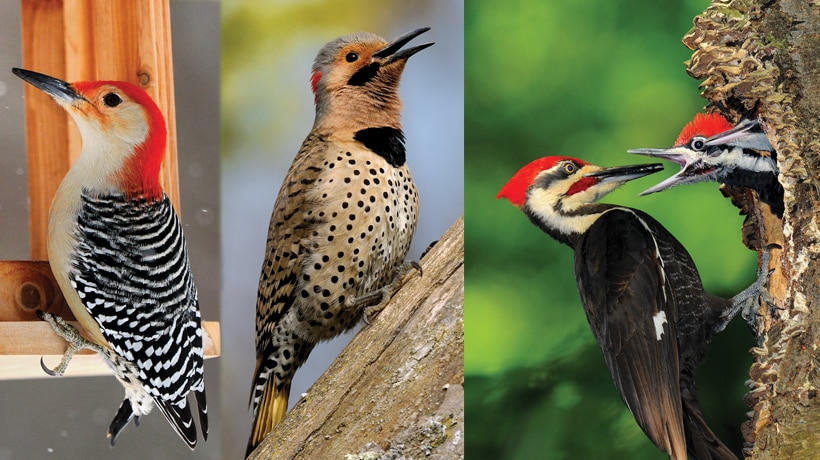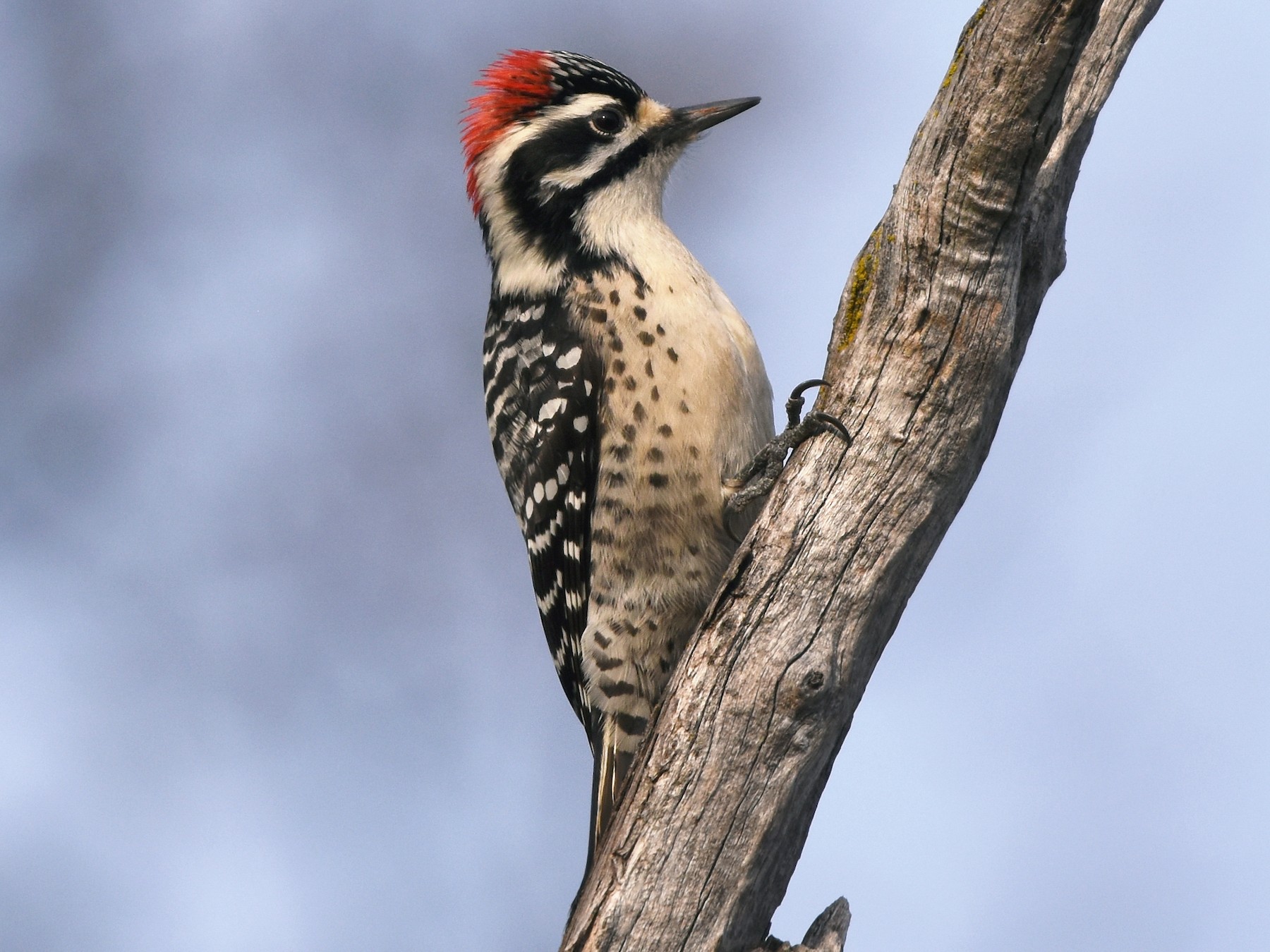Woodpeckers in Florida Population: Species Overview and Conservation
Woodpeckers in Florida Population: Species Overview and Conservation
Blog Article
Discover the Interesting Globe of Woodpeckers: Every Little Thing You Need to Know
The globe of woodpeckers is a realm filled with special behaviors, elaborate adjustments, and a varied array of varieties. From their environments and distribution patterns to their feeding practices and specialized physiological attributes, woodpeckers have long captivated the passion of ornithologists and nature lovers alike.
Woodpecker Habitats and Circulation
In North America, for example, woodpeckers can be spotted in both coniferous and deciduous woodlands, using their strong beaks to forage for insects and develop nesting dental caries in trees. In Africa, specific woodpecker species have actually adjusted to arid environments, such as the acacia timberlands, where they play a vital role in controlling insect populaces.

Feeding Behaviors and Diet Regimen
Among the various aspects of their behavior, woodpeckers exhibit distinct feeding habits and dietary preferences. These birds are primarily insectivores, with a diet that consists of ants, beetles, caterpillars, and various other pests located in trees. Woodpeckers utilize their solid beaks to drill right into the bark of trees, penetrating for pests and larvae hidden below the surface. In enhancement to pests, woodpeckers likewise eat nuts, seeds, fruits, and sap. Some varieties have actually specialized tongues with barbed tips that aid them remove insects from crevices in timber.
Woodpeckers are recognized for their drumming actions, which serves not only to connect with various other woodpeckers however also to locate food. The quick drumming noise is created by the bird pecking on powerful surface areas like dead trees or metal posts. This habits can draw in insects concealed in the wood, allowing the woodpecker to identify their visibility and feed upon them.
Unique Adjustments for Tree Climbing
In their skilled quest of pests concealed within tree bark, woodpeckers have advanced exceptional anatomical attributes that furnish them with one-of-a-kind adjustments for efficient tree climbing. Among the essential adjustments is their zygodactyl feet, with two toes aiming ahead and 2 directing in reverse, supplying a strong hold on tree trunks. This specialized foot plan allows woodpeckers to stick to vertical surfaces easily, enabling them to relocate up and down trees with agility. Furthermore, woodpeckers have stiff tail more helpful hints feathers that work as a helpful prop while they climb up, aiding in equilibrium and security. Their strong, chisel-like beaks are not just used for boring into wood yet also for grasping onto bark as they rise tree trunks. Woodpeckers have solid neck muscle mass and an one-of-a-kind head framework that soak up the influence of constant pecking, enabling them to climb up and down without creating harm to their brains. These adjustments display the incredible evolutionary style that enables woodpeckers to navigate trees with accuracy and performance.
Diverse Woodpecker Species Worldwide
With over 200 various varieties spread out throughout different habitats worldwide, the family of Picidae encompasses a remarkable diversity of woodpeckers. These birds can be located in woodlands, forests, savannas, and even urban areas, showcasing their flexibility to various atmospheres. From the renowned Northern Flicker in North America to the colorful and evasive Crimson-backed Flameback in Asia, each woodpecker types displays unique characteristics in regards to tuft, habits, and habitat choice.
Woodpeckers differ significantly in size, with the petite Downy Woodpecker determining around 6-7 inches in length, while the effective Lineated Woodpecker can rise to 17 inches - Woodpeckers in Florida. Their beaks also can be found in various sizes and shapes, showing their feeding habits. Some varieties focus on extracting pests from tree bark, like the Acorn Woodpecker, while others, such as the Black-cheeked Woodpecker, eat fruits and seeds

Preservation Efforts and Challenges
Preservation efforts for woodpecker populaces are essential in mitigating the impact of habitat loss and other dangers dealing with these varied bird varieties. Woodpeckers encounter numerous obstacles to their survival, primarily because of deforestation, urbanization, climate change, and invasive species. To deal with these issues, preservation efforts concentrate their website on shielding and restoring woodpecker environments, executing sustainable forestry practices, and elevating recognition about the relevance of these birds in ecosystems.
One considerable difficulty in woodpecker preservation is the fragmentation of their habitats, leading to separated populaces that are extra at risk to termination - Woodpeckers in Florida. Preservationists function to develop wild animals passages and secured locations that link these fragmented habitats, permitting woodpeckers to move between different areas for feeding, reproducing, and sanctuary

Verdict
Finally, woodpeckers are fascinating birds with distinct adaptations for tree climbing and feeding habits. They can be discovered in diverse habitats worldwide, dealing with preservation difficulties because of environment loss and human tasks. Comprehending their habitats, diet plans, and habits is important for preservation efforts to safeguard these crucial bird types. Additional research study and conservation actions are needed to ensure the survival of woodpeckers in the wild.
Report this page